15 Things You Should Never Store in Your Garage (Guide)
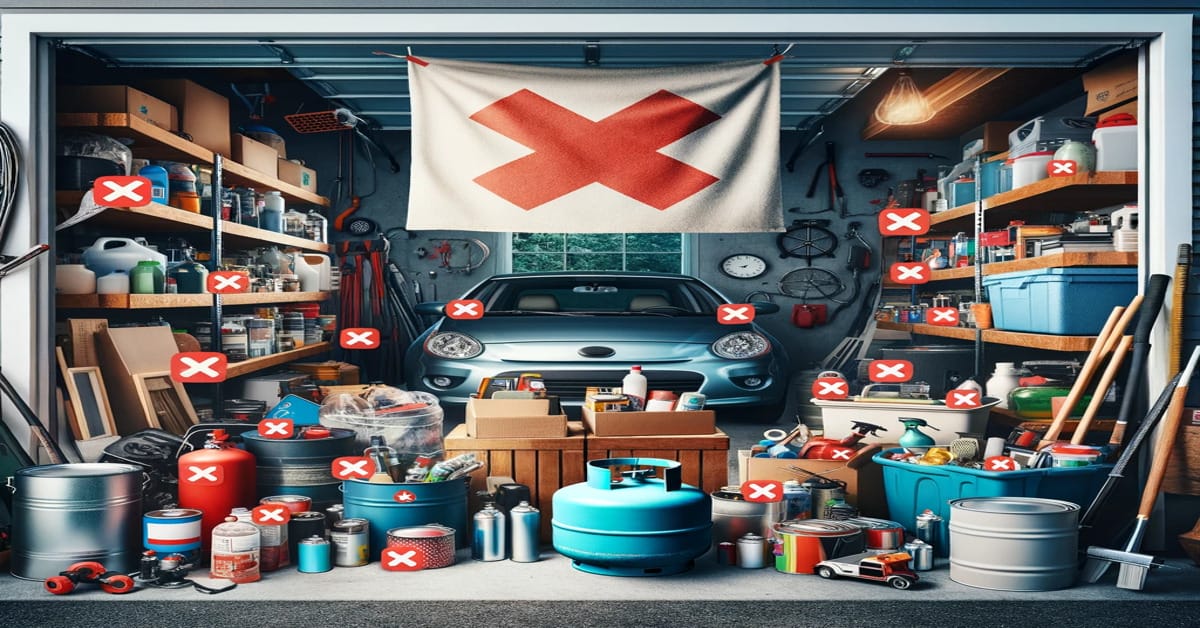
As a seasoned home organizer, I’ve seen my fair share of garages morph into the ultimate catch-all spaces. But it’s time for tough love because certain items don’t belong there.
Here Are Some Items I’ll Cover:
🌲 Firewood
🥫 Canned Food
🛢️Propane
❄️ Spare Fridge
🪑 Wooden Furniture
📺 Electronics
🌟 And many more…
In this article, I’m diving into the nitty-gritty of garage no-nos. We will dish out some savvy alternative solutions to keep your space safe, efficient, and, let’s face it, much happier.
1. Firewood

When it comes to keeping your home warm during those cold winter nights, firewood is a must-have. However, storing it in the garage can be a bad idea.
Pests can infiltrate the wood and eventually migrate into your home. I recommend stacking your firewood on an elevated rack away from your home to avoid this.
This way, you can enjoy your roaring winter fire without unwanted guests.
2. Canned Food
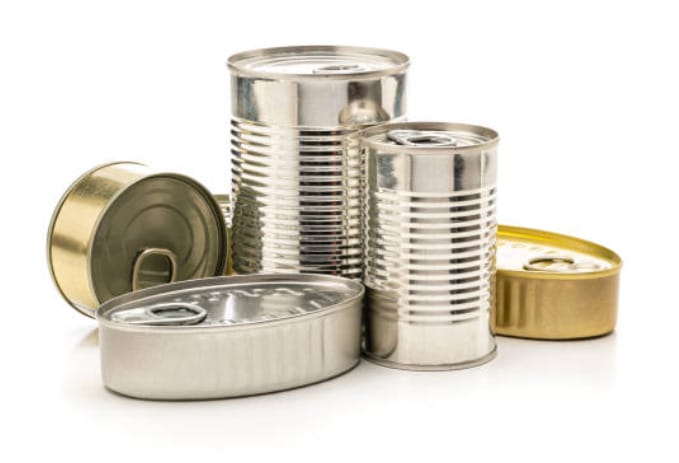
As much as we’d like to stock up on canned food, storing them in the garage is a no-go. The USDA recommends keeping canned food in a cool, dry location; garages usually fail on both counts.
A damp garage can cause tin cans to rust, and canned food stored in a garage hotter than 85 degrees Fahrenheit runs the risk of spoiling.
Don’t risk food spoilage by storing canned food in the garage. Instead, take this opportunity to reorganize your kitchen shelves and make room for your nonperishables.
3. Propane

When it comes to storing propane tanks, safety should always be the top priority. It is important to note that propane tanks should never be stored in closed areas such as garages.
The risk of a leak is too great, and the consequences can be deadly. If propane gas seeps into the garage, it could create an asphyxiation risk and a fire hazard.
It only takes a small spark or pilot light to ignite the gas and cause an explosion. Always store propane tanks outdoors to ensure the safety of your home and family.
4. A Spare Refrigerator
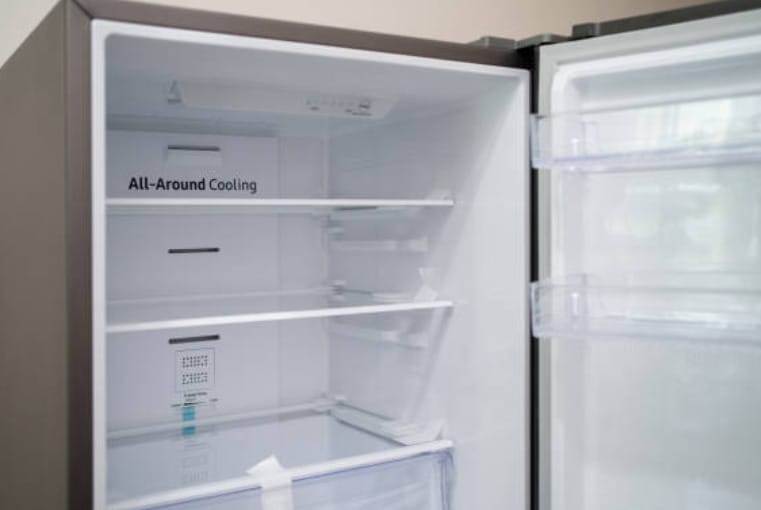
As much as we love the convenience of having an extra refrigerator in the garage, it’s not the best idea for energy conservation. Refrigerators work most efficiently when ambient temperatures range between 65 and 78 degrees Fahrenheit.
Unfortunately, a non-climate-controlled garage can reach temperatures higher than 100 degrees in the summer, which forces the fridge to work harder to keep cool.
This results in higher utility bills. Even in winter, the insulated doors of the fridge cannot keep perishable foods from freezing. So, it’s best to avoid keeping a spare refrigerator in the garage to save energy and money.
5. Wooden Furniture
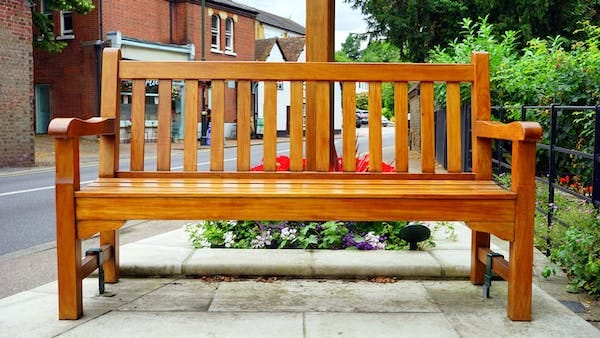
As much as we love our wooden furniture, it’s not meant to be stored in the garage. The temperature and humidity changes in the garage can cause the wood to swell and contract, leading to veneer delamination and warped wood.
It’s better to give antique wood furniture to your kids or grandkids now rather than storing it in the garage for a few short months, rendering it completely unusable.
Store your wooden furniture in good condition in a cool, dry place away from direct sunlight and moisture.
6. Electronics

When it comes to electronics, storing them in the garage might seem like a convenient solution, but it’s not a good idea. The garage’s high humidity levels can damage the devices’ internal circuit boards, rendering them useless.
Additionally, tiny insects can enter the electronics and damage the components. It’s best to keep electronics indoors with lower humidity levels to prevent this.
If you have old gaming consoles, printers, or PCs that still have some life left, consider donating them to a kid in the neighborhood or giving them away instead of storing them in the garage. This way, you can help someone in need and prevent the electronics from getting damaged.
Remember, keeping electronics in the garage is not worth the risk. Keep them indoors or get rid of them as soon as possible.
7. Bedding and Clothing
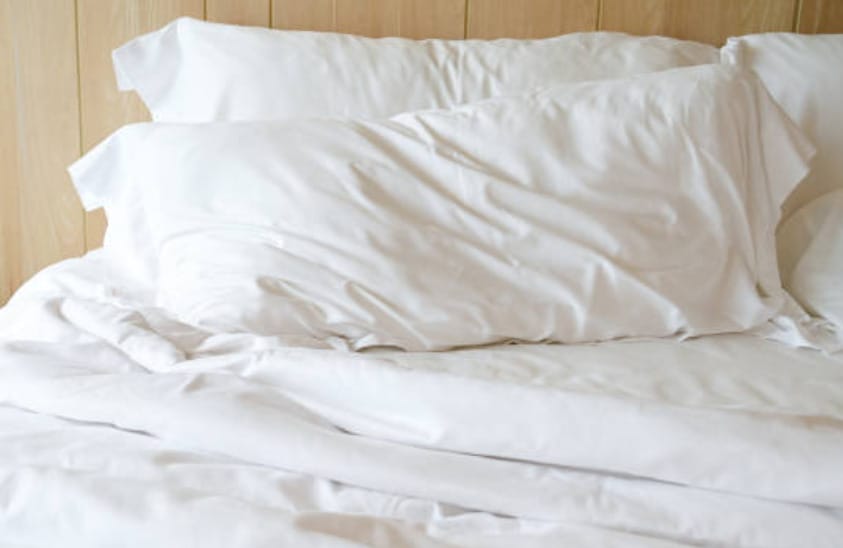
I know storing your extra bedding and clothing in the garage is tempting, but trust me, it’s not a good idea. Heat, humidity, and insects are fabric’s natural enemies, and garages are often breeding grounds for all three.
This triple threat puts your clothes and bedding at risk of mold, mildew, and other damage. Even tightly wrapped spare mattresses can still be affected by tiny insects and car fumes.
If you want to protect your precious items, storing them in a cool, dry, and pest-free area inside your home is best.
8. Treasured Photos

As a designer who has worked with many clients, I can’t stress enough the importance of storing your treasured photographs properly.
Photos are more than just pieces of paper. They are cherished memories that deserve to be protected. Storing them in the garage is a recipe for disaster.
The fluctuating temperature and humidity levels can cause fading, sticking, and damage beyond repair. Instead, store them in a cool, dry, dark place, such as under your bed or at the back of an interior closet. Trust me, your future self and future generations will thank you.
9. Paper Products

I always tell my clients to keep their important documents and books out of the garage. Paper products are a magnet for mice and chewing insects like termites and silverfish.
If your books and documents escape these pests, fluctuating garage temperatures can still cause them to curl and crack. So, whether it’s your comic book collection or the encyclopedias you inherited from your aunt, it’s best to keep them away from the garage.
Remember, prevention is always better than cure.
10. Paint
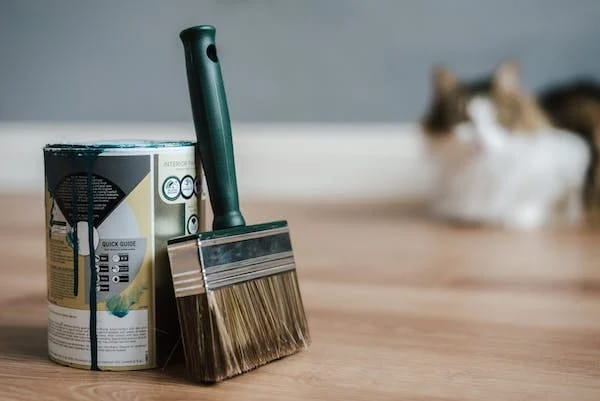
It is important to keep paint in a temperate environment when storing it. Extreme temperatures can cause paint to separate or gel, even if the can is unopened.
If you plan to continue painting shortly, storing a half-full paint can in the garage overnight is okay. However, if you do not plan to use the paint for a few months, it is best to tap the lid tightly in place and store the can in a basement or utility closet until it is needed.
Proper storage will help ensure that the paint remains in good condition for future use.
11. Gasoline

When storing gasoline in the garage, taking proper precautions is important to avoid risks to your home and family. Most community fire codes limit gasoline storage to less than 25 gallons.
Only use containers specifically approved for gasoline storage and place them on a piece of plywood, not directly on the concrete floor, to protect them from extreme cold and the resulting risk of condensation.
Keep the containers out of direct sunlight and out of the reach of children. Being responsible with gasoline storage is essential for keeping your home and family safe.
Remember, regarding gasoline, safety should always be the top priority.
12. Alcohol

I never recommend storing alcoholic beverages in the garage, even if the bottles are sealed. The intense summer heat of an uninsulated garage can affect the taste of your tipples, especially wine, which doesn’t do well with radical temperature swings.
Store your wine and other potent potables at stable indoor temperatures for optimal taste. Trust me, your taste buds will thank you.
13. Pet Food and Pantry Staples

When storing food items, the garage might seem like a convenient option. However, keeping pet food and pantry staples in your garage is not a good idea.
Whether for humans or pets, food can attract rodents and insects. Extreme temperature swings in the garage can also cause food to spoil.
So, it’s best to store these items somewhere other than the garage. If you need extra space, consider investing in storage containers that can be kept in a cool, dry place inside your home.
14. Cheriashed Mementos
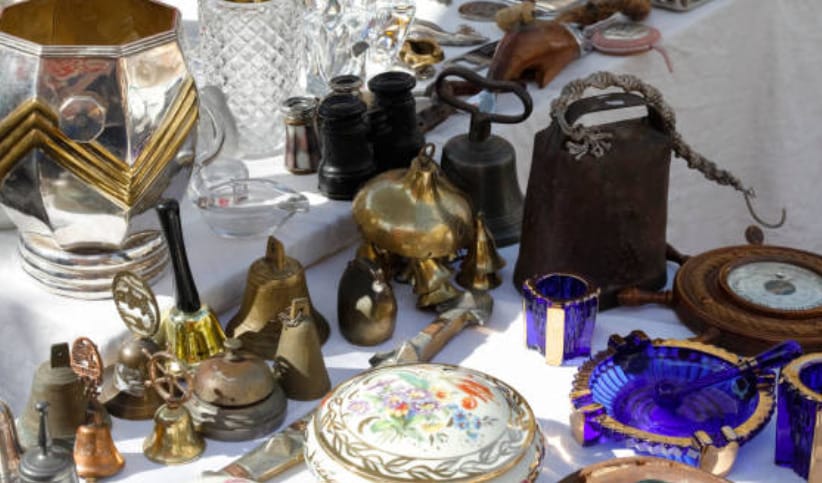
As much as we love our sentimental items, the garage is not the place to keep them. Mice, moisture, heat, cold, and insects can damage your cherished keepsakes.
Instead, store them indoors in a closet, attic, or basement, preferably off the floor and in plastic bins with tight-fitting lids. This will protect them from any harm that may come their way.
Remember, these items are valuable to us, so we must take care of them properly.
15. Oily Rags

When you’re done using oil-based products like stains or sealants, don’t just throw away the used rags. Oily rags are highly flammable and can easily start a fire. Even without a spark, they can self-ignite and cause a dangerous situation.
To prevent this, dry out the rags by laying them out individually on a non-combustible surface. Once dry, place them in an empty metal paint can, fill them with water, and replace the lid. This will prevent oxygen from getting to the rags, which can cause a fire.
It’s important to dispose of oily rags properly by taking them to your local hazardous waste disposal site. Don’t take any chances with oily rags – they can cause serious harm if handled incorrectly.
Smart Storage Solutions: Where to Stow When the Garage Won’t Do
I’ve got the lowdown on alternative spots that’ll protect your items from the hazards of garage life. Ready to rehome your goods? Check out this neat table for storage swaps that make sense.
| Item Not Recommended for Garage Storage | Alternative Storage Solution |
|---|---|
| Firewood | An outdoor shed or woodshed on an elevated rack is covered with a waterproof tarp. |
| Canned Food | Use a kitchen pantry or a cool, dry basement shelf away from heat sources. |
| Propane Tanks | Outdoor storage in a well-ventilated area, on a flat, non-flammable surface, away from living areas. |
| Spare Refrigerator | Basement or utility room where the temperature is consistent and moderate. |
| Wooden Furniture | The home’s interior includes an unused corner, underused closet, or climate-controlled attic space. |
| Electronics | Inside the home in a dry area, or consider recycling or donating if no longer needed. |
| Bedding and Clothing | Inside the home, in closets, under-bed storage containers, or vacuum-sealed bags to save space. |
| Treasured Photos | Inside the home, photo albums or storage boxes are kept in dark, dry areas like closets or drawers. |
| Paper Products | Office or interior closet shelves in storage boxes to protect from pests and humidity. |
| Paint | A climate-controlled utility closet, basement, or indoor workshop area. |
| Gasoline | A detached shed or a well-ventilated area, following local fire code regulations. |
| Alcoholic Beverages | A temperature-controlled environment like a pantry or a wine cooler inside the home. |
| Pet Food and Pantry Staples | Keep the kitchen or indoor pantry in airtight containers to maintain freshness and deter pests. |
| Cherished Mementos | Inside the home, in a display case, memory box, or closet, away from direct sunlight and moisture. |
| Oily Rags | Stored in a metal container with water and a tight-fitting lid; disposed of properly at a hazardous waste facility. |
With this guide, you’ll maximize the life and quality of your belongings by storing them properly, and no more guessing games — just smart, sensible solutions for a harmoniously organized home.
When to Consider Professional Organizing Services or Storage Facilities
If reorganizing makes you feel over your head, remember that calling in the pros is okay. Professional organizers are like the special ops of decluttering.
They swoop in with strategies and systems that transform chaos into order. These experts know how to maximize every inch of your space in a way that’s efficient and easy to maintain.
Alternatively, local storage services can be a game-changer if you’re short on space. These facilities offer various storage options that can keep your seasonal gear, extra furniture, and family keepsakes safe and sound—and out of your way—until you need them. They come with added security and climate control perks, which means your items stay in top-notch condition.
Whether you seek professional organizing help or a storage unit, the investment can pay off in peace of mind and reclaimed living space. It’s all about finding the right fit for your lifestyle and belongings.
References:
Organizations:
- The National Association of Professional Organizers (NAPO). https://www.napo.net/
- The National Fire Protection Association (NFPA). https://www.nfpa.org/en
Books:
- “The Life-Changing Magic of Tidying Up” by Marie Kondo. https://www.goodreads.com/book/show/22318578-the-life-changing-magic-of-tidying-up
- “The Home Edit” by Clea Shearer and Joanna Teplin. https://www.goodreads.com/en/book/show/40712502
Website Resources:
- The U.S. Department of Agriculture (USDA). http://www.fsis.usda.gov/food-safety/safe-food-handling-and-preparation/food-safety-basics/steps-keep-food-safe
- Consumer Product Safety Commission (CPSC). https://www.cpsc.gov/
- Environmental Protection Agency (EPA). https://www.epa.gov/
